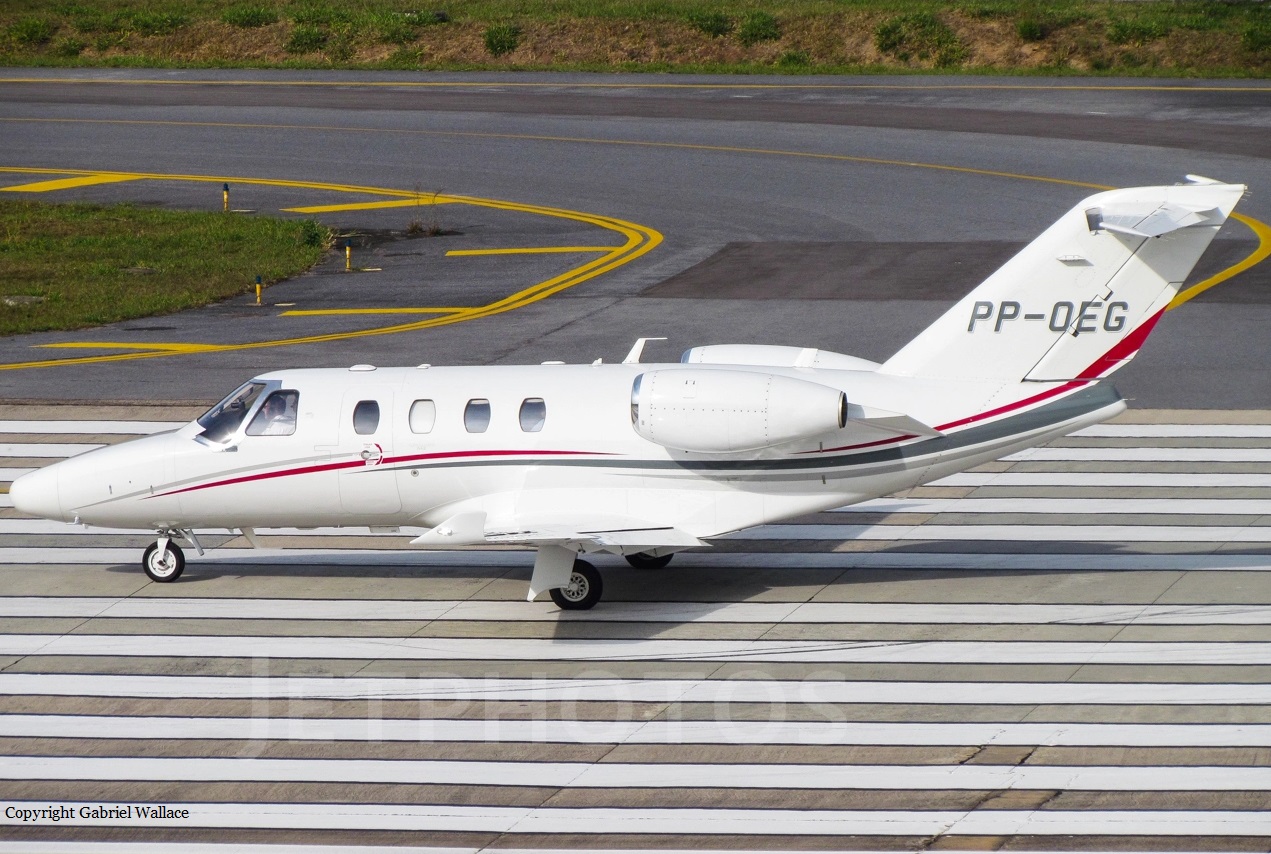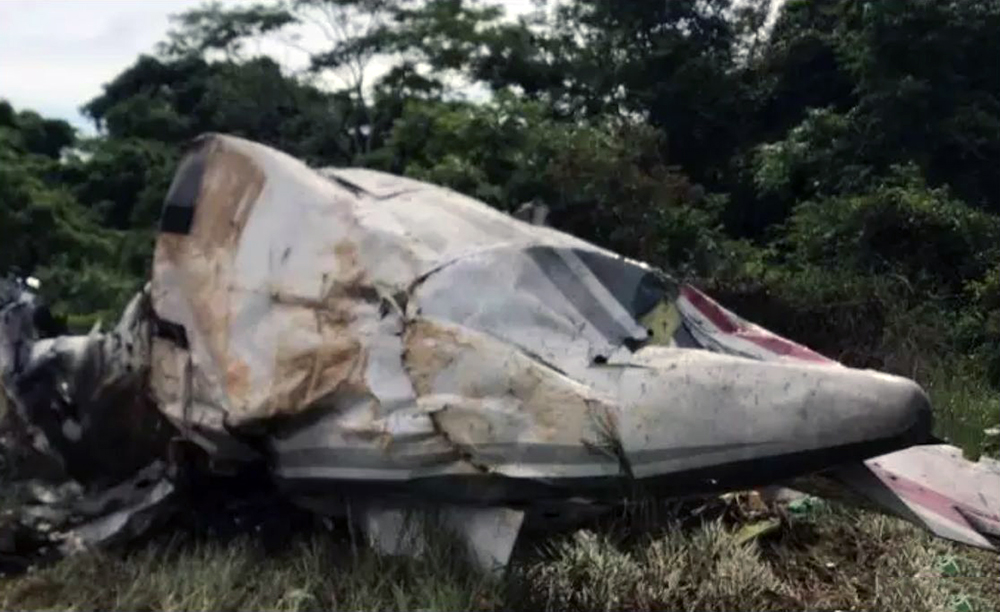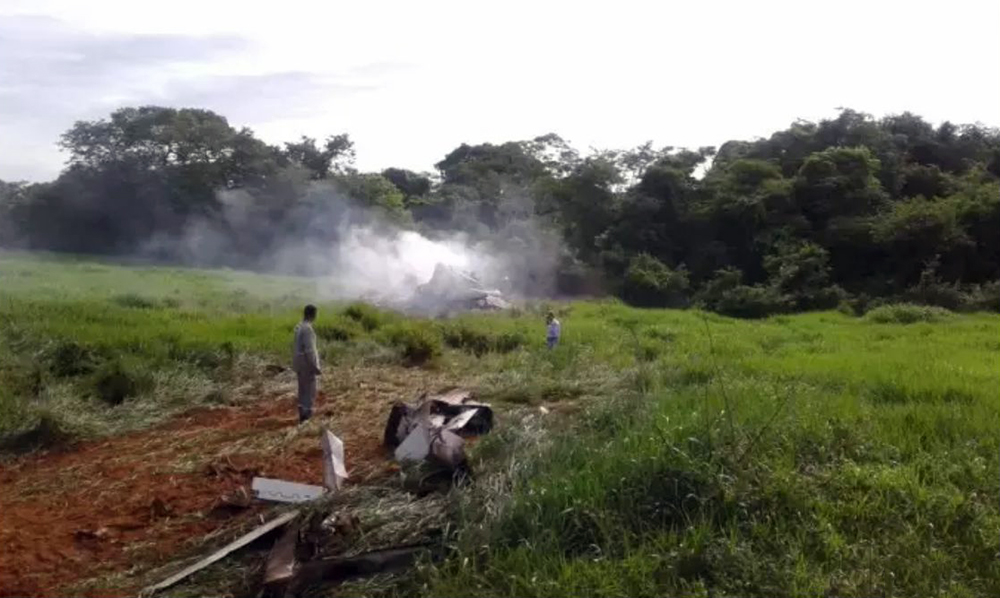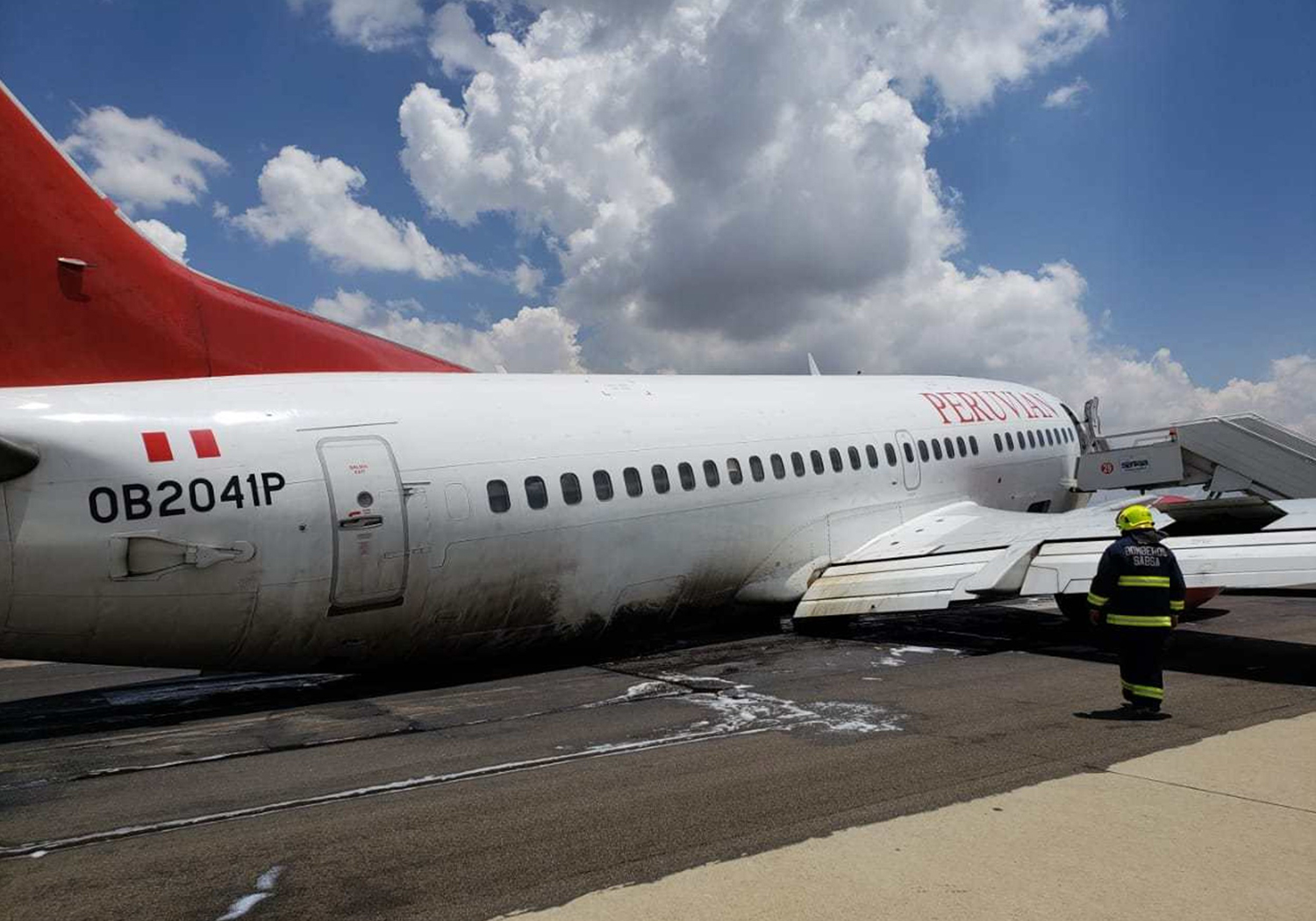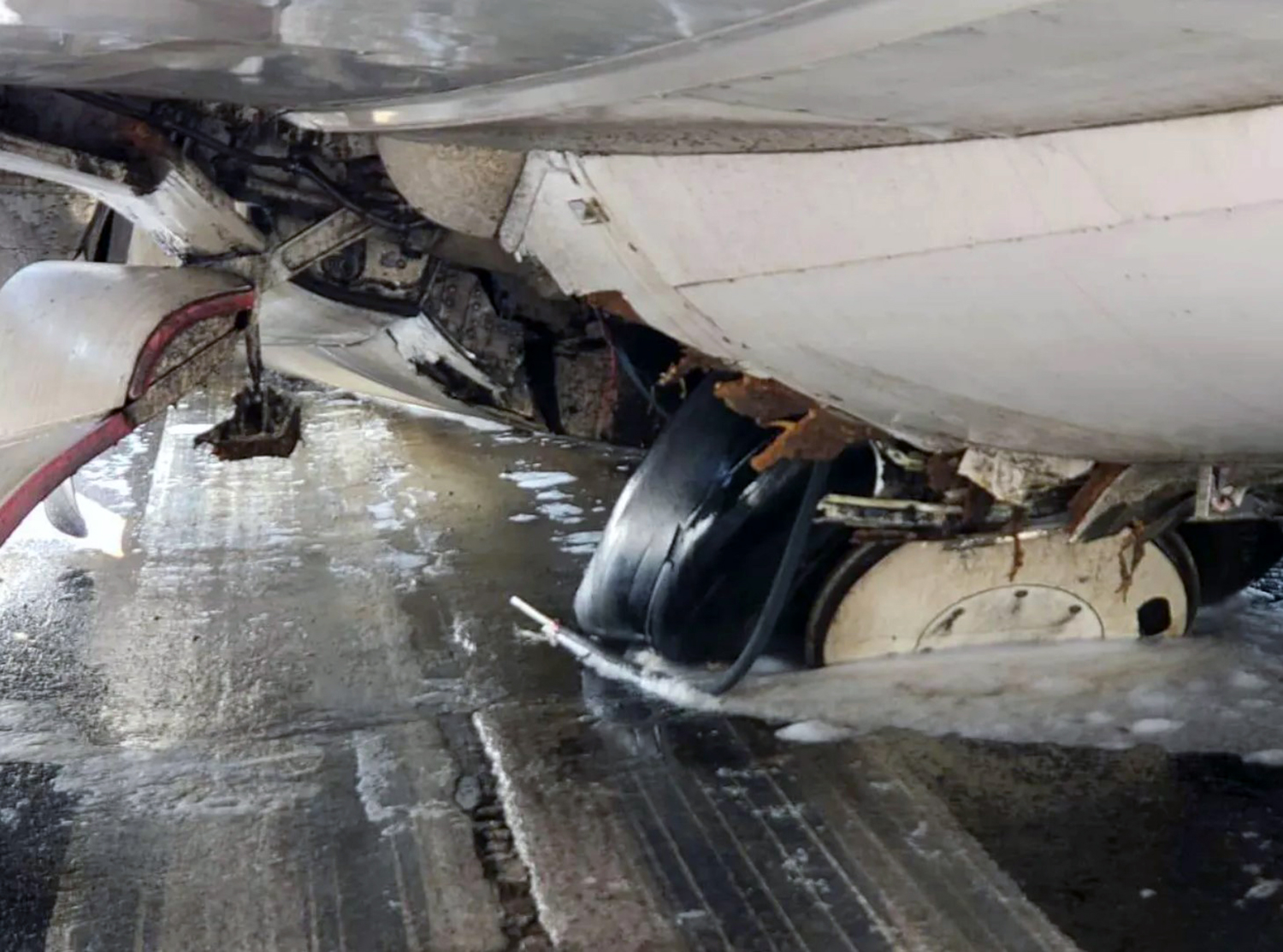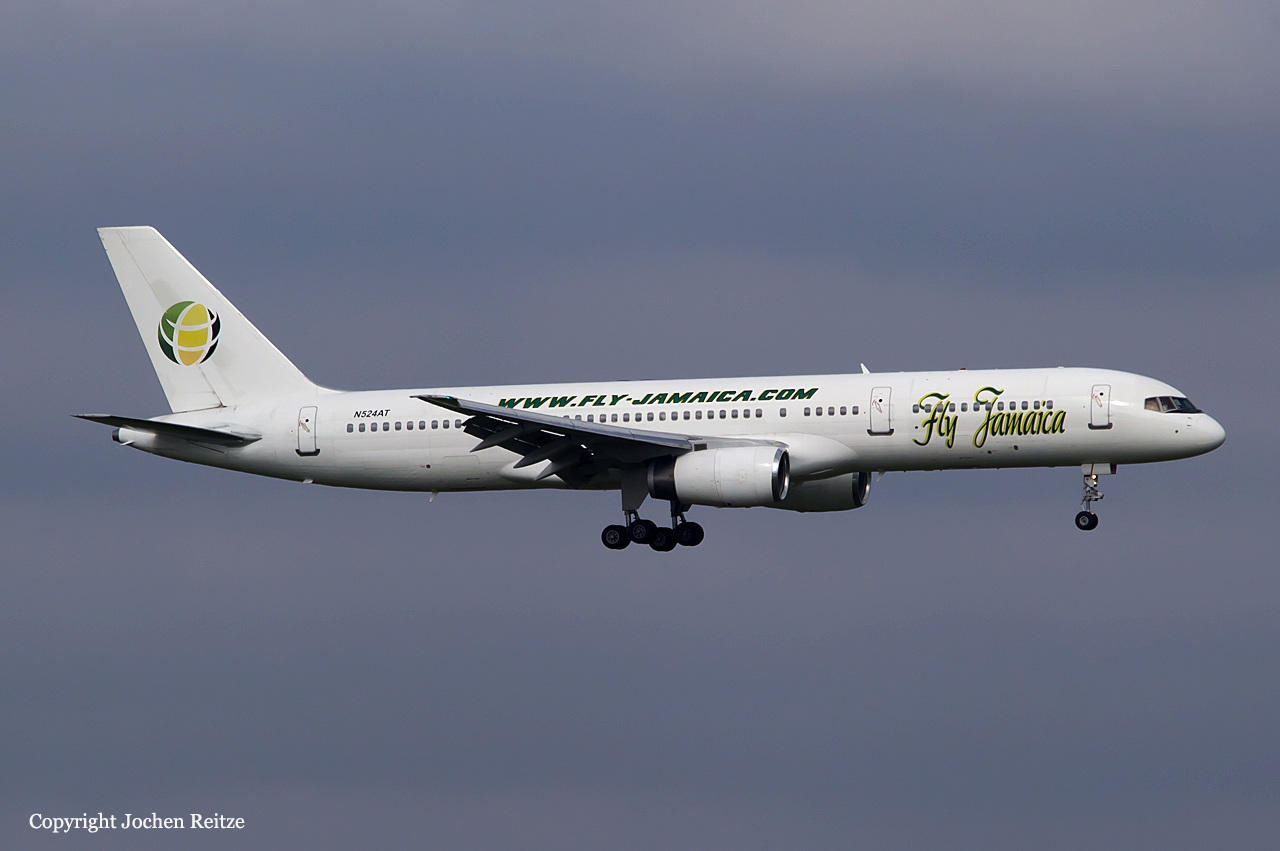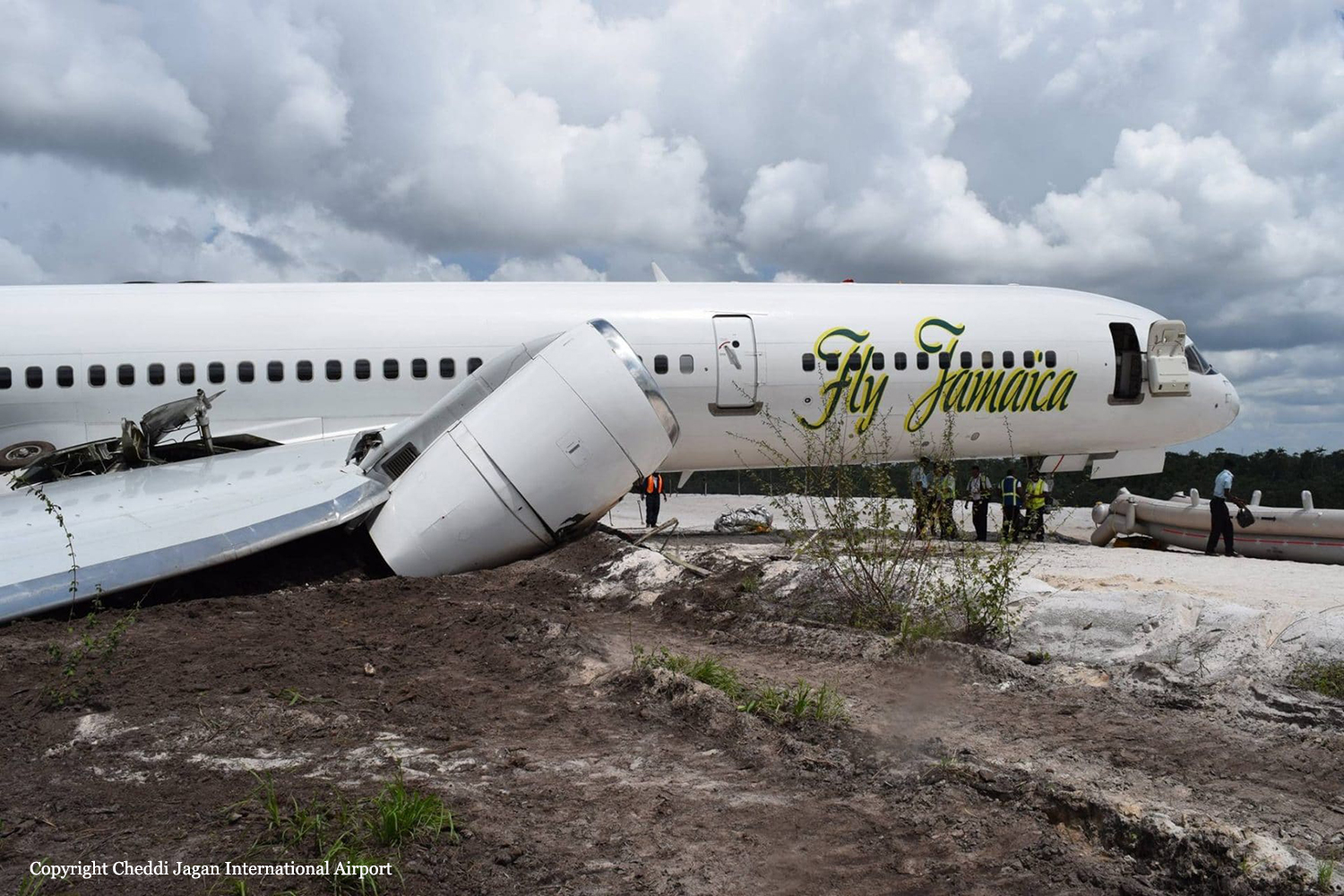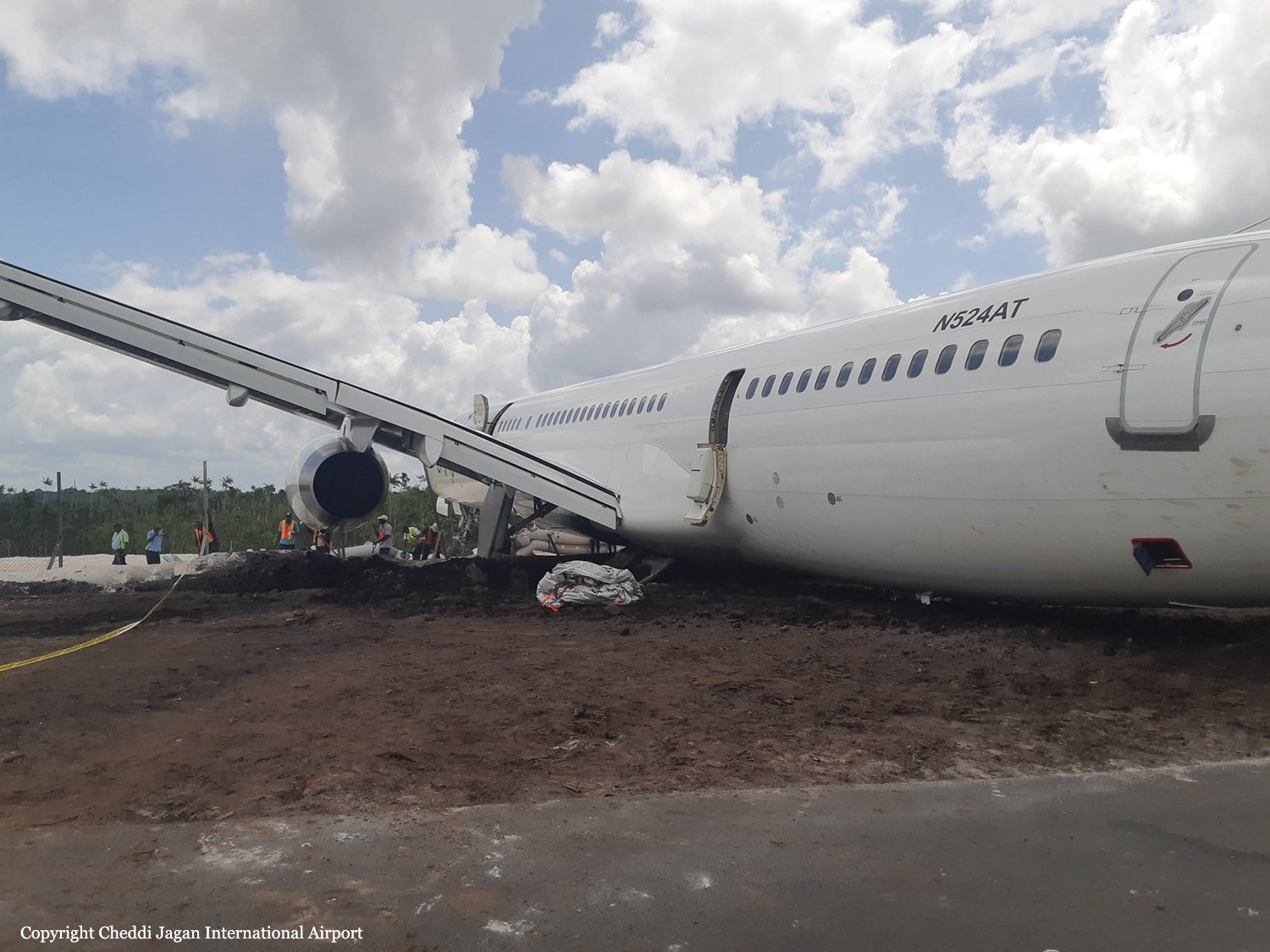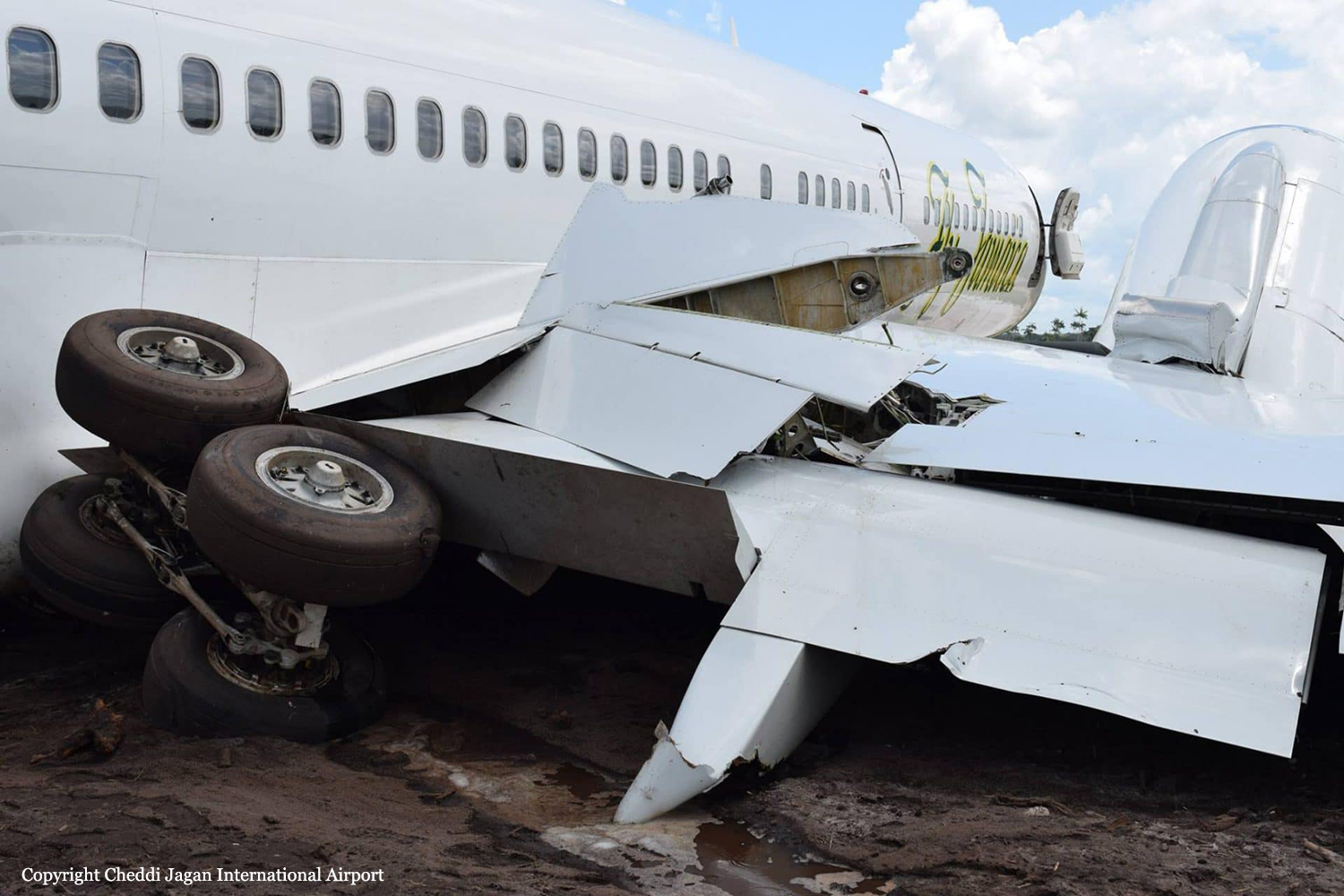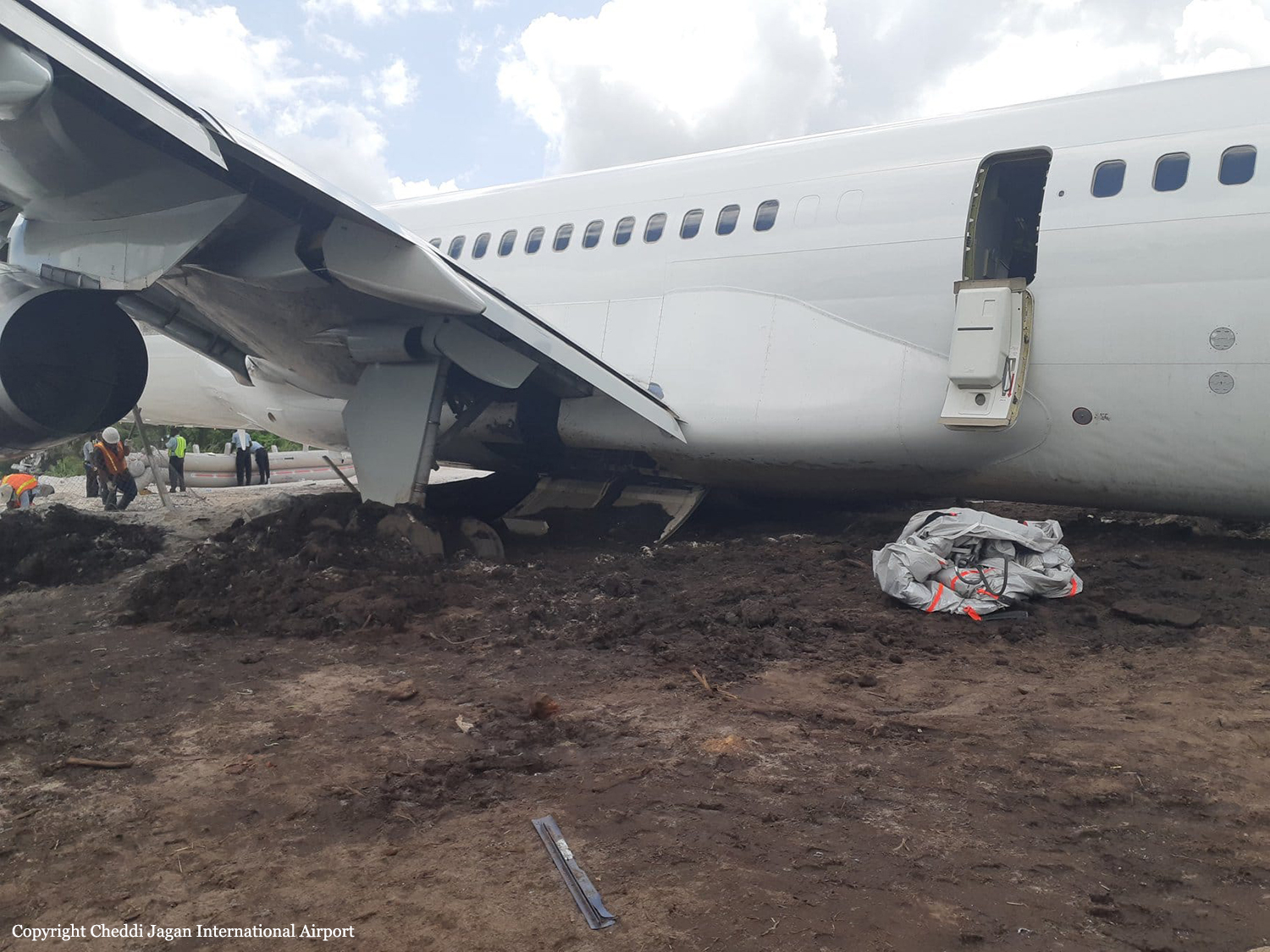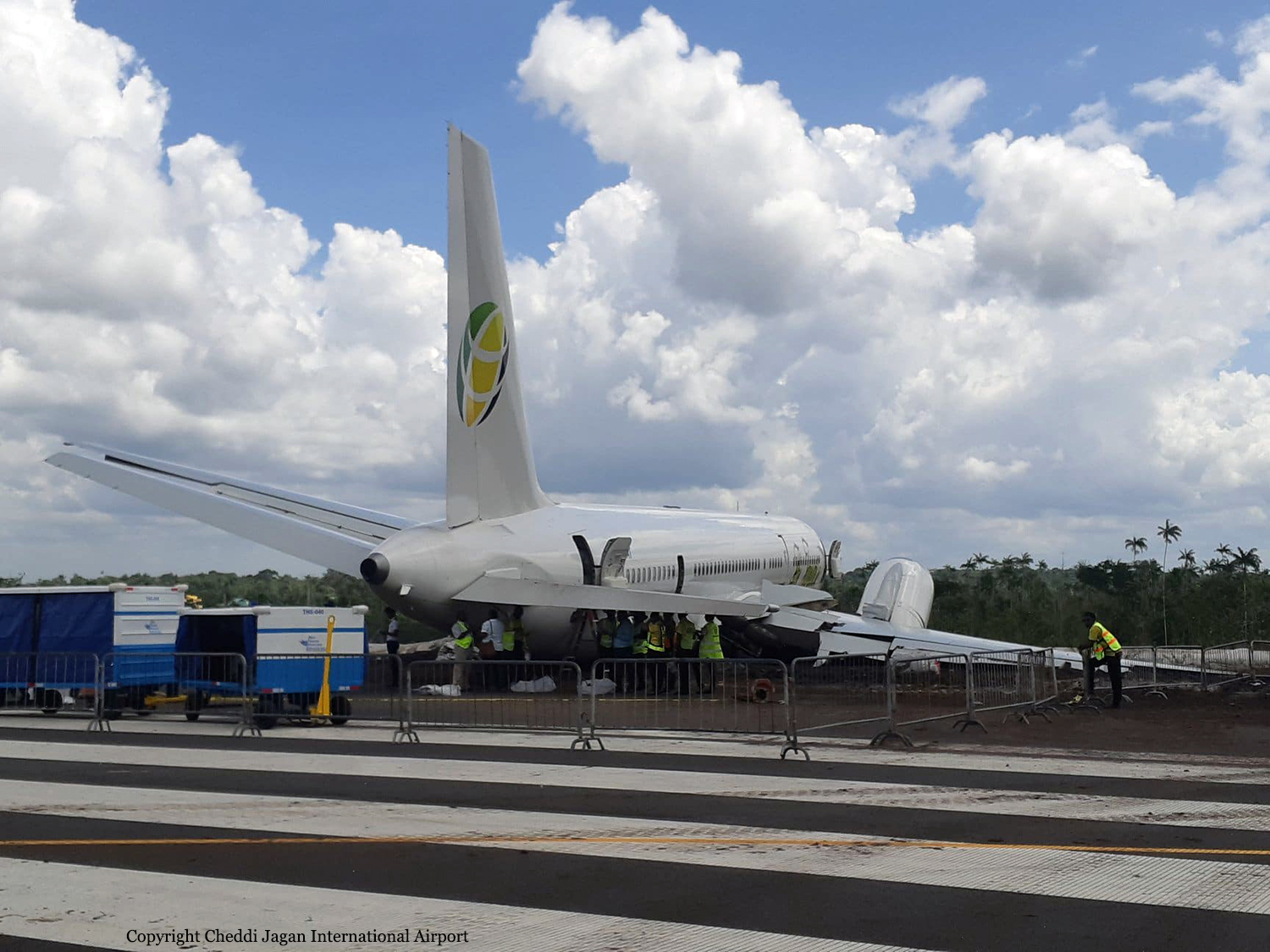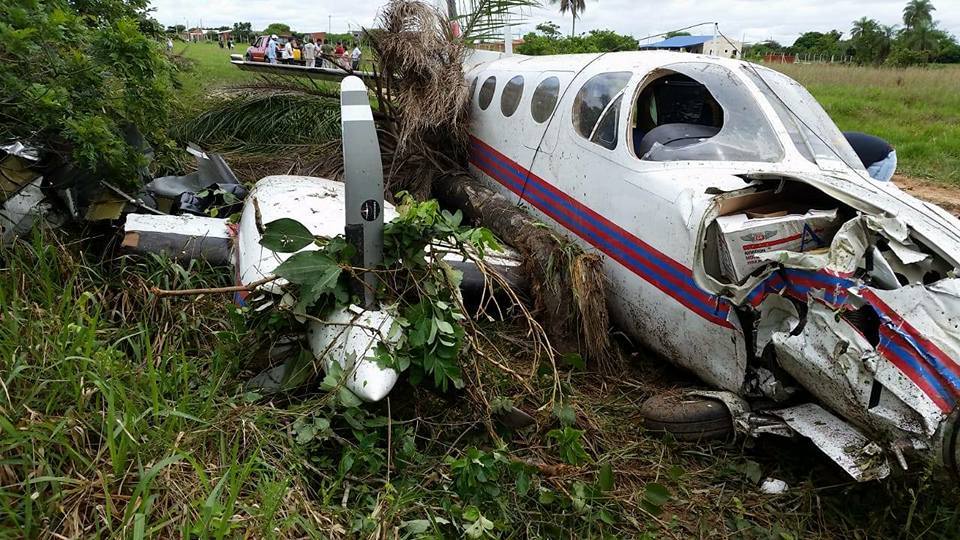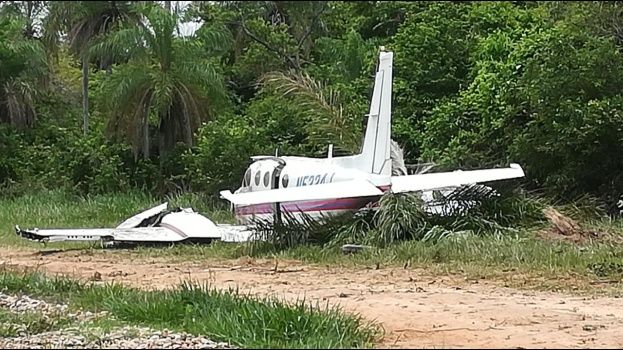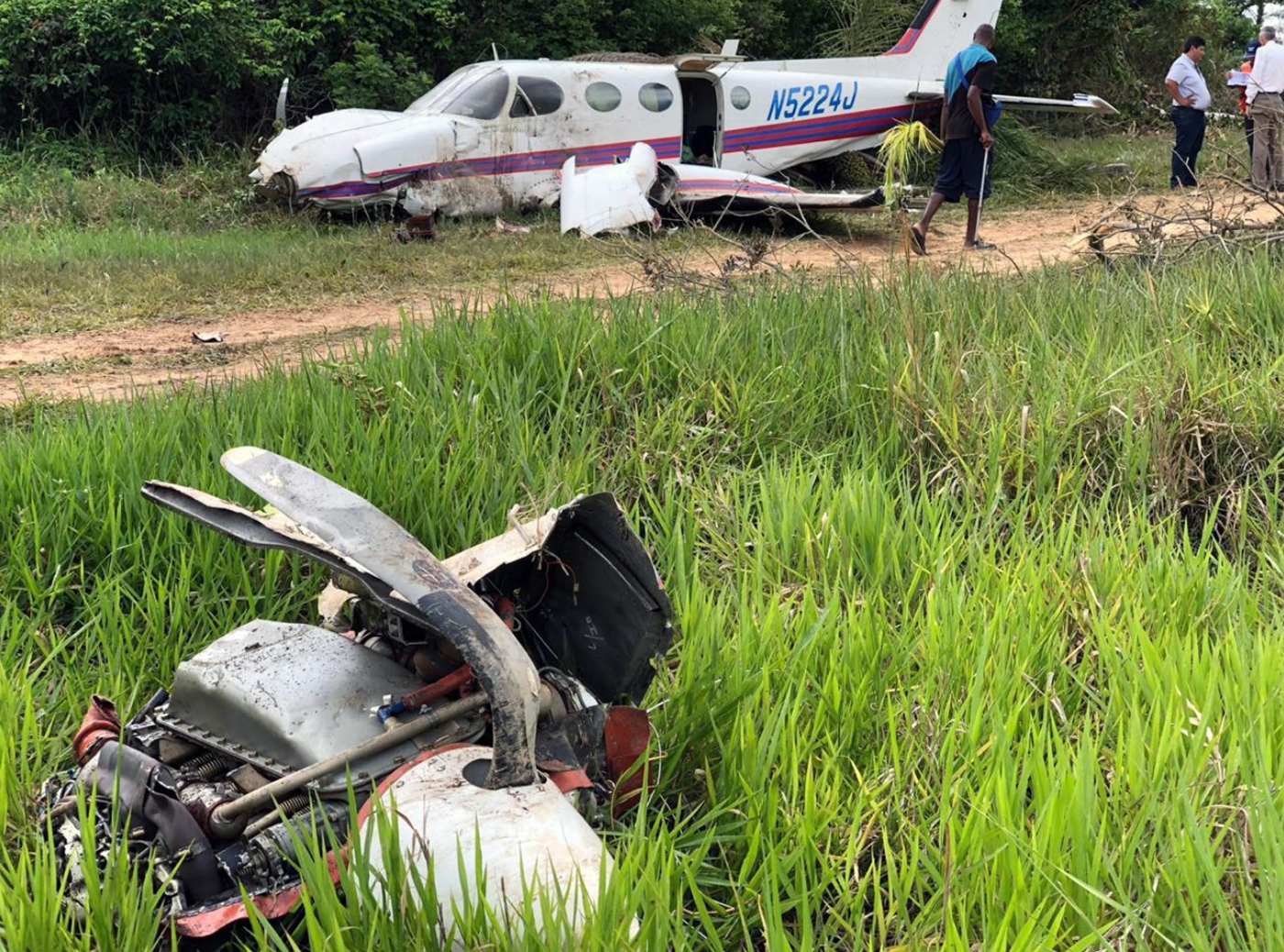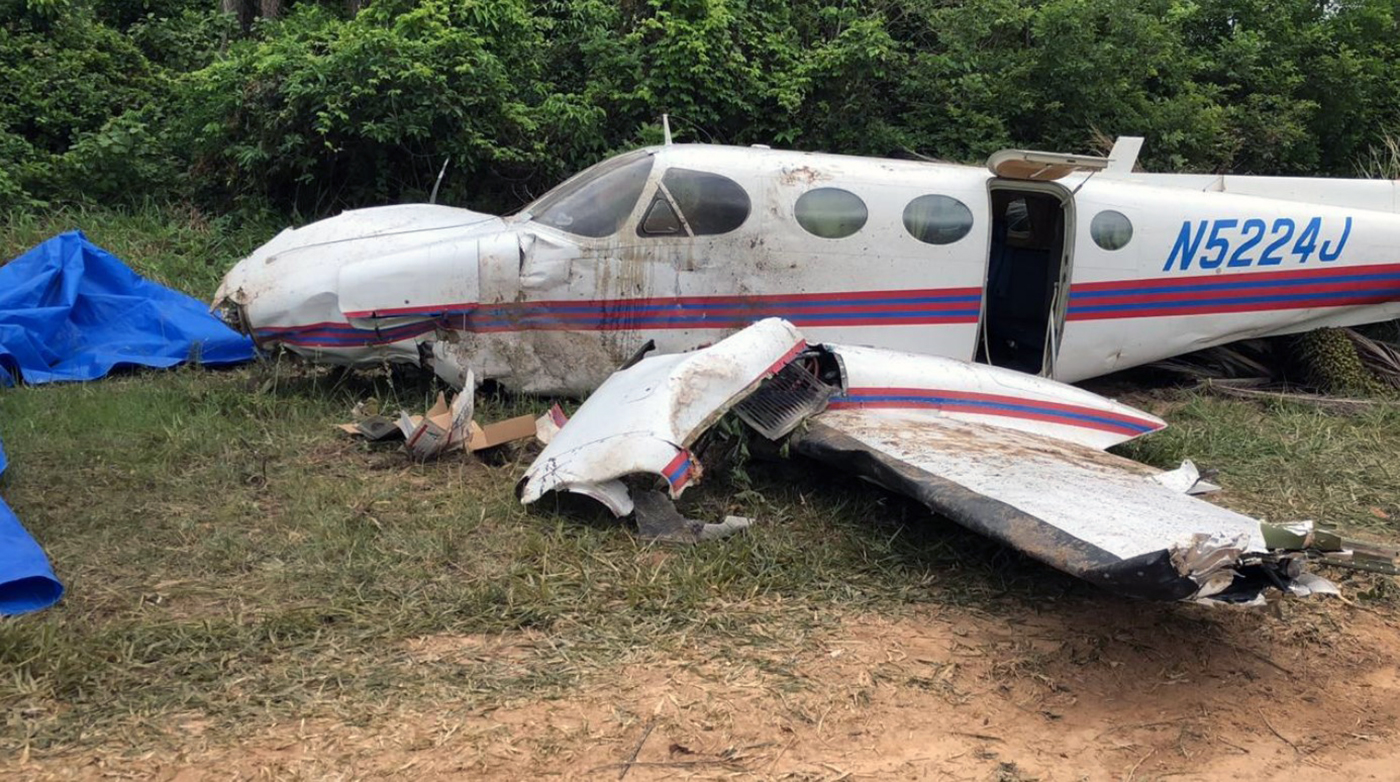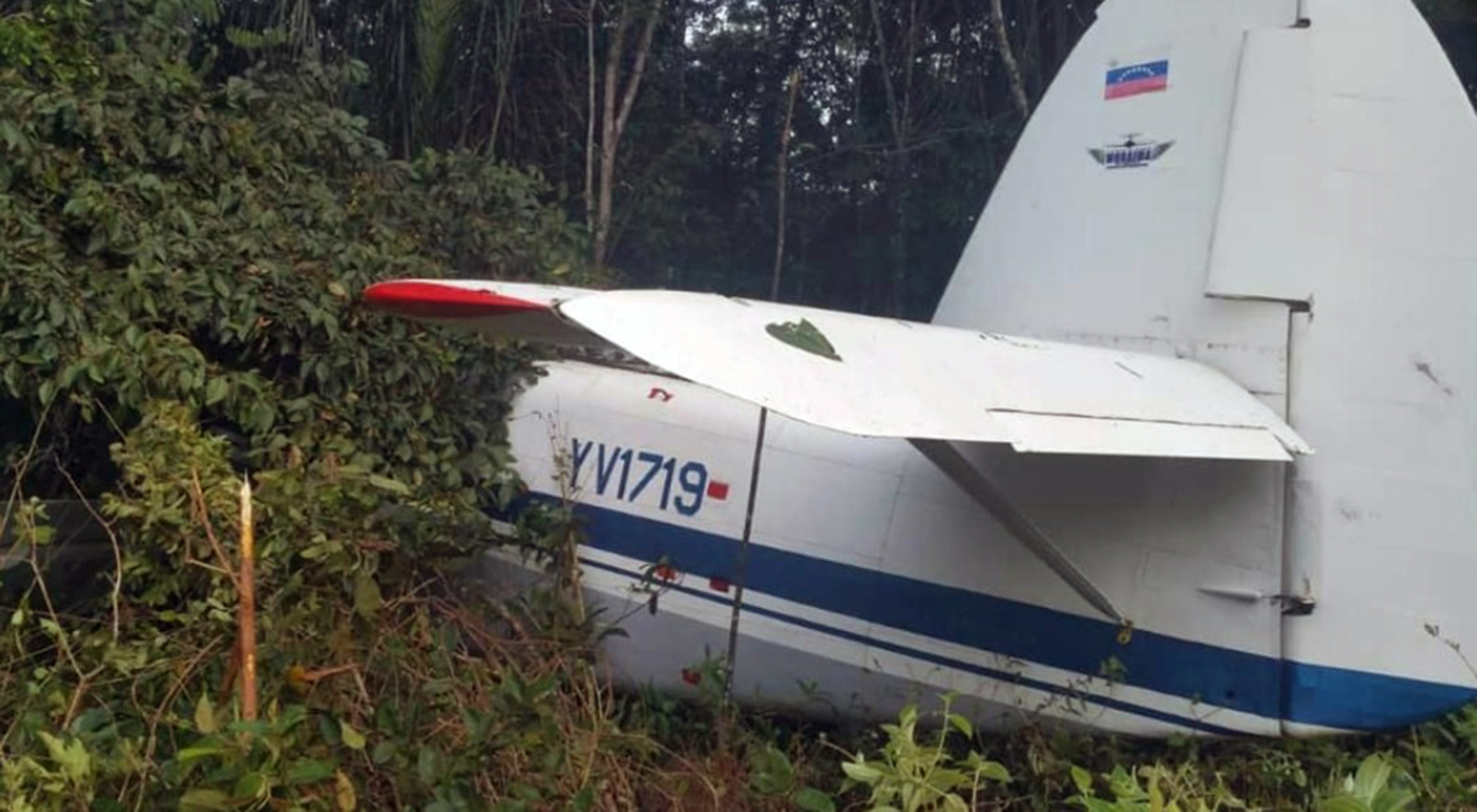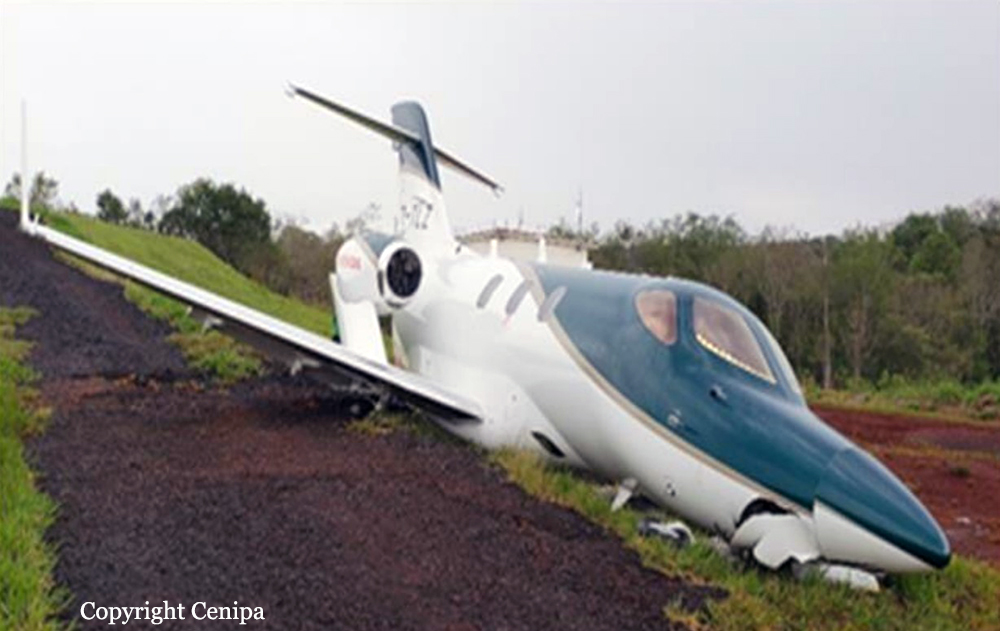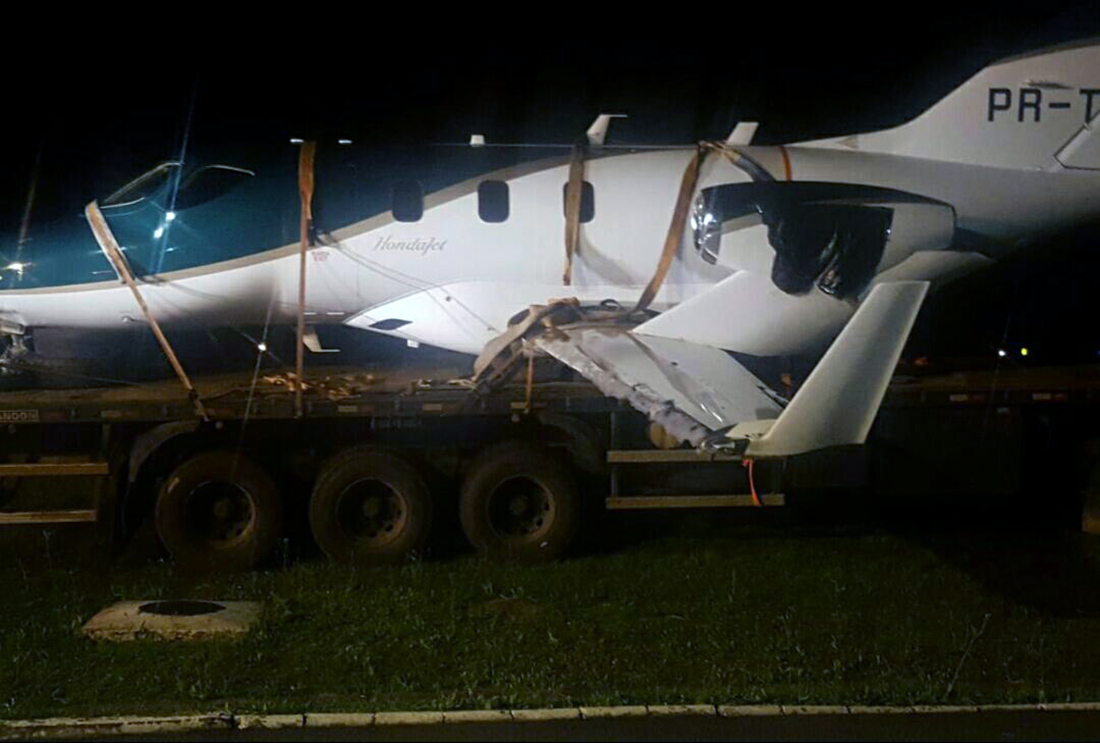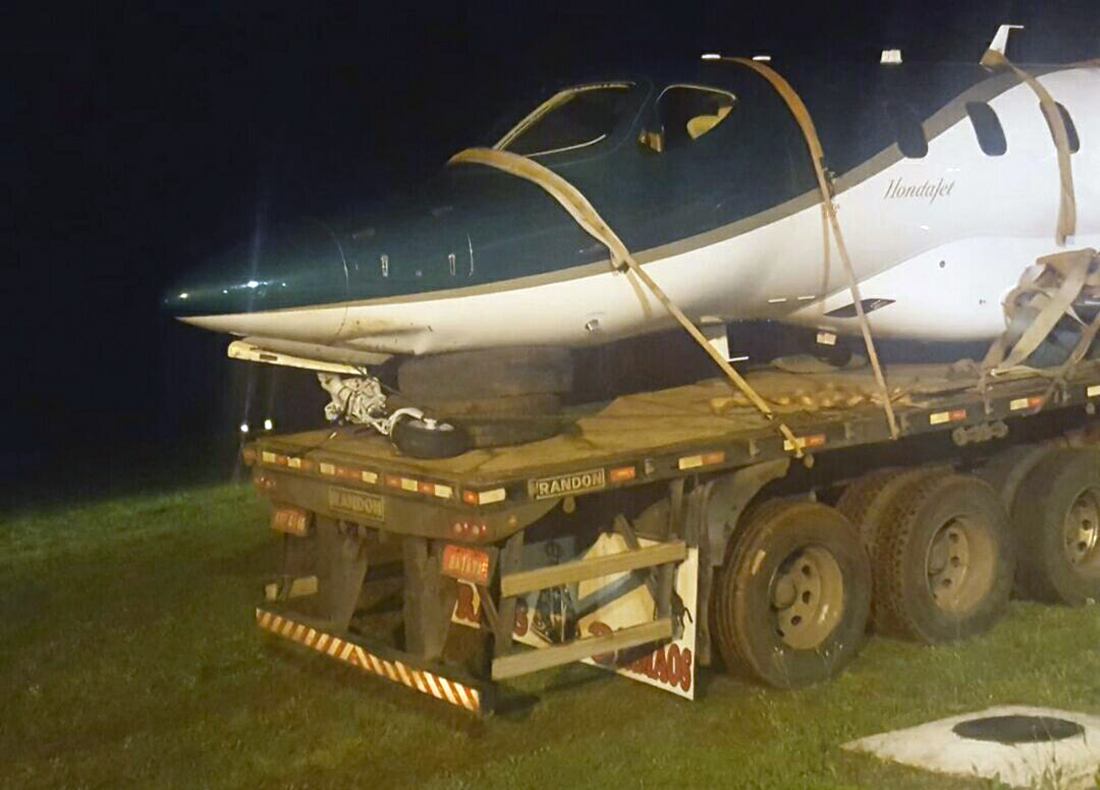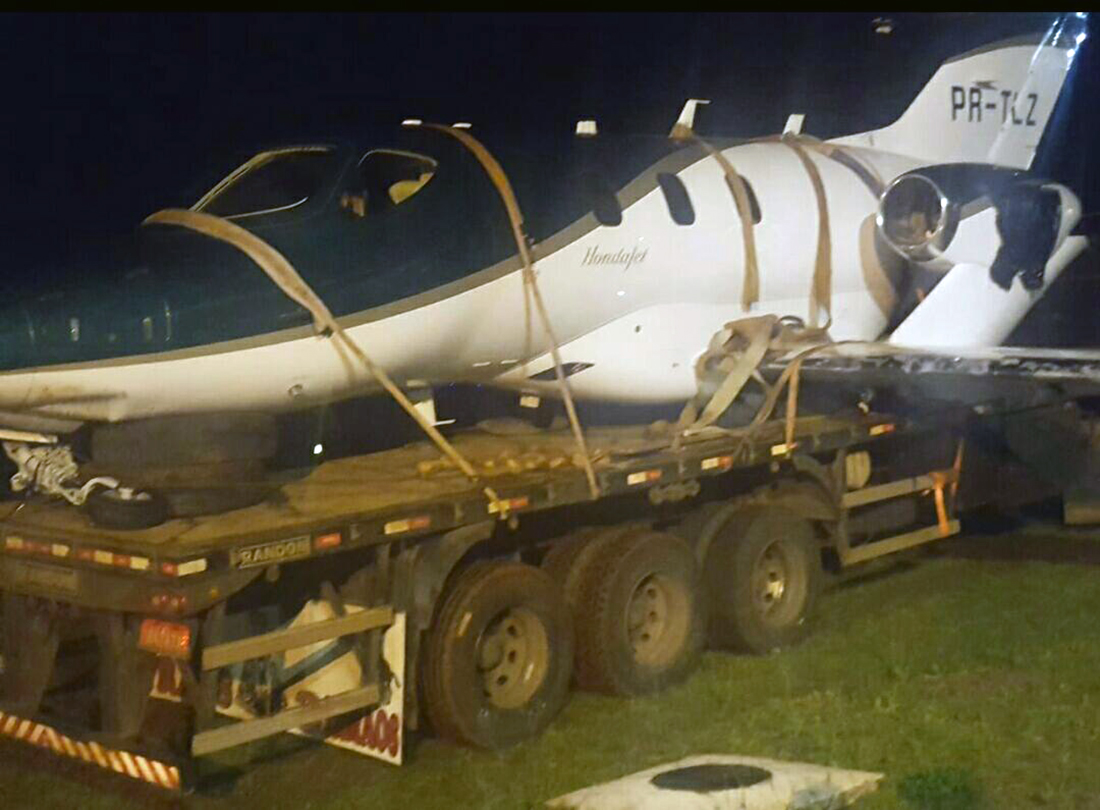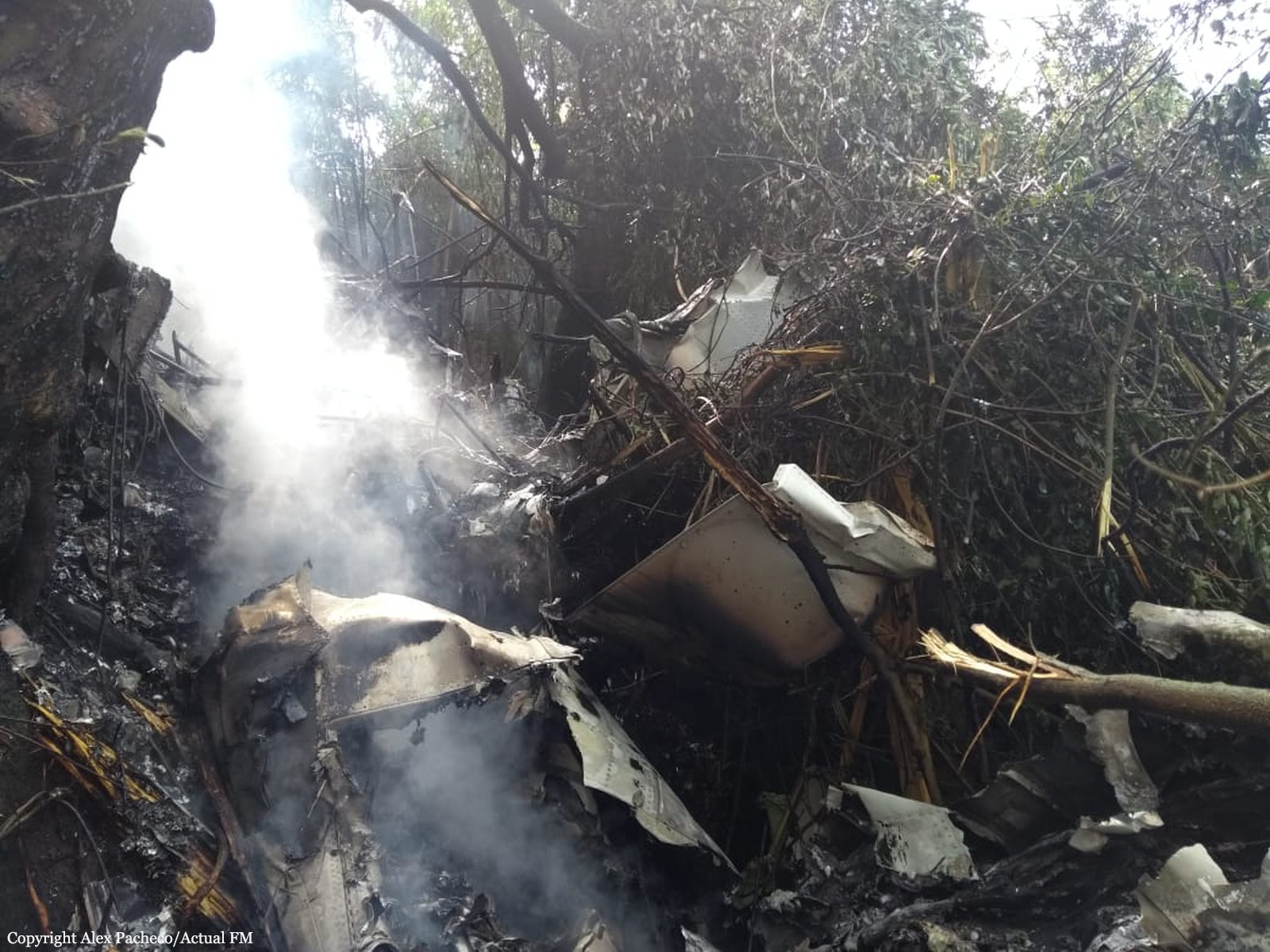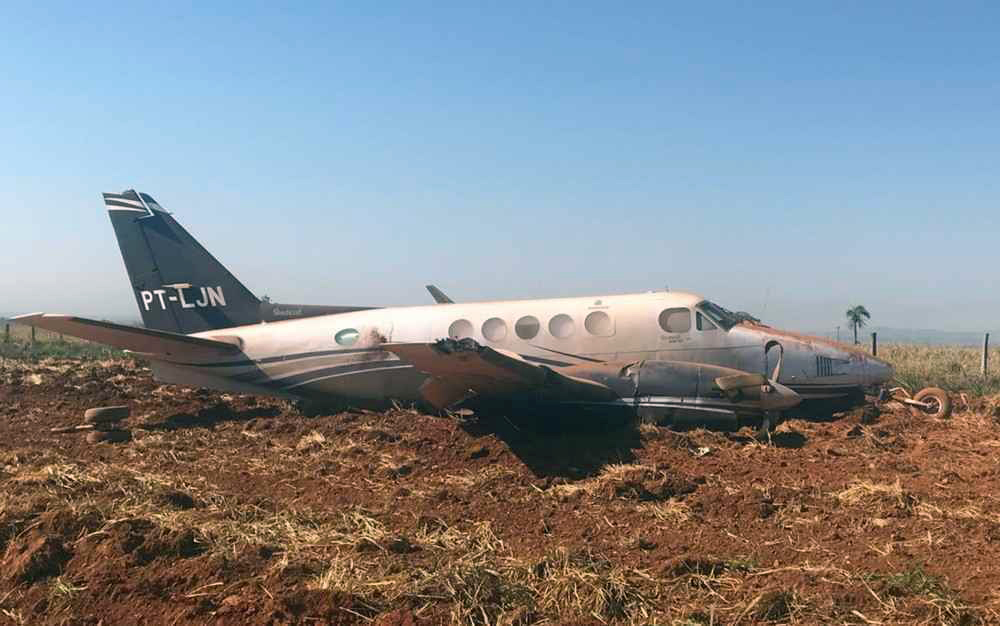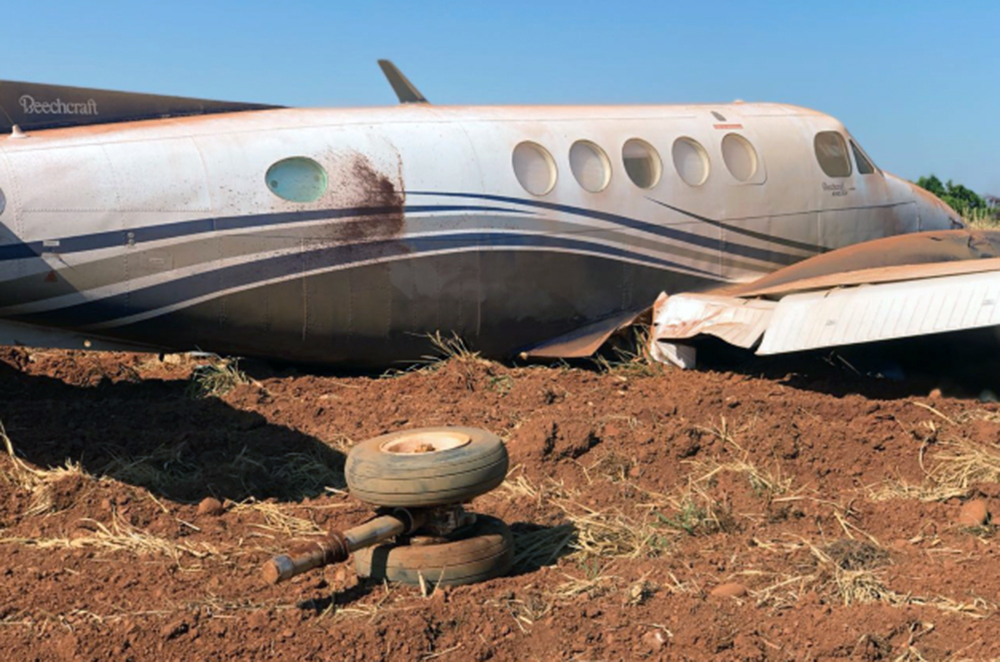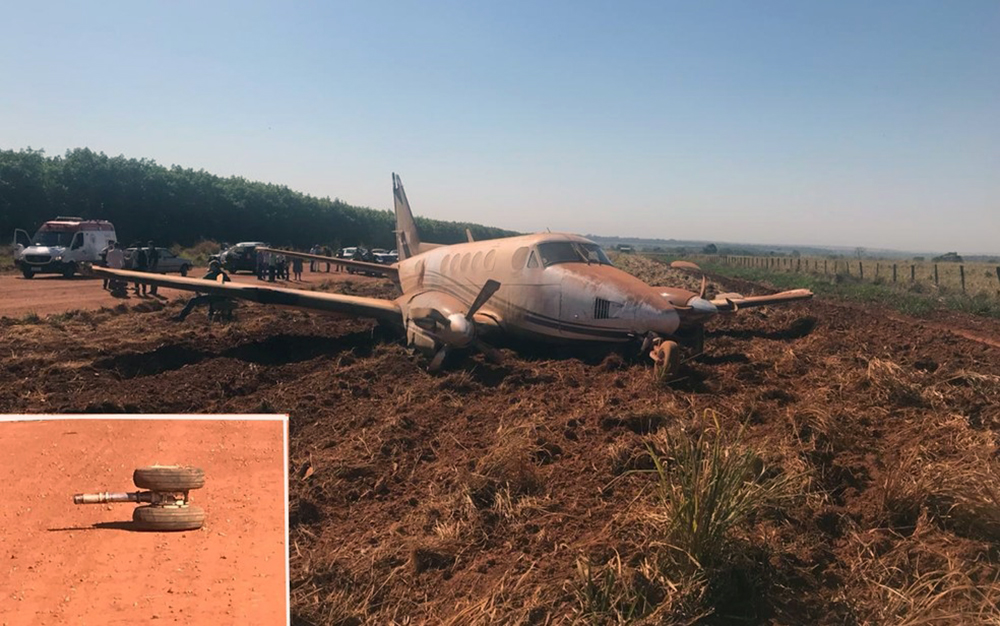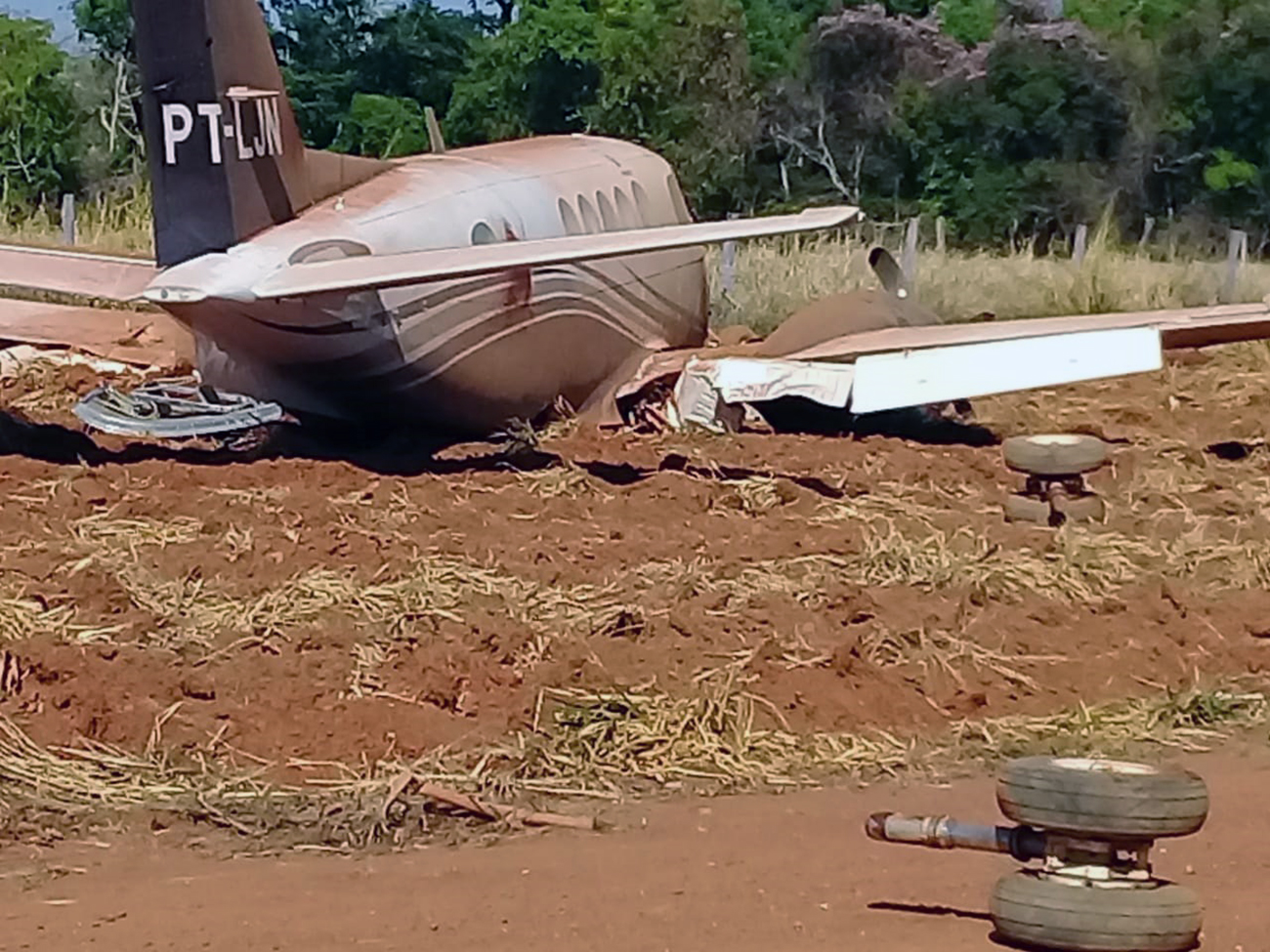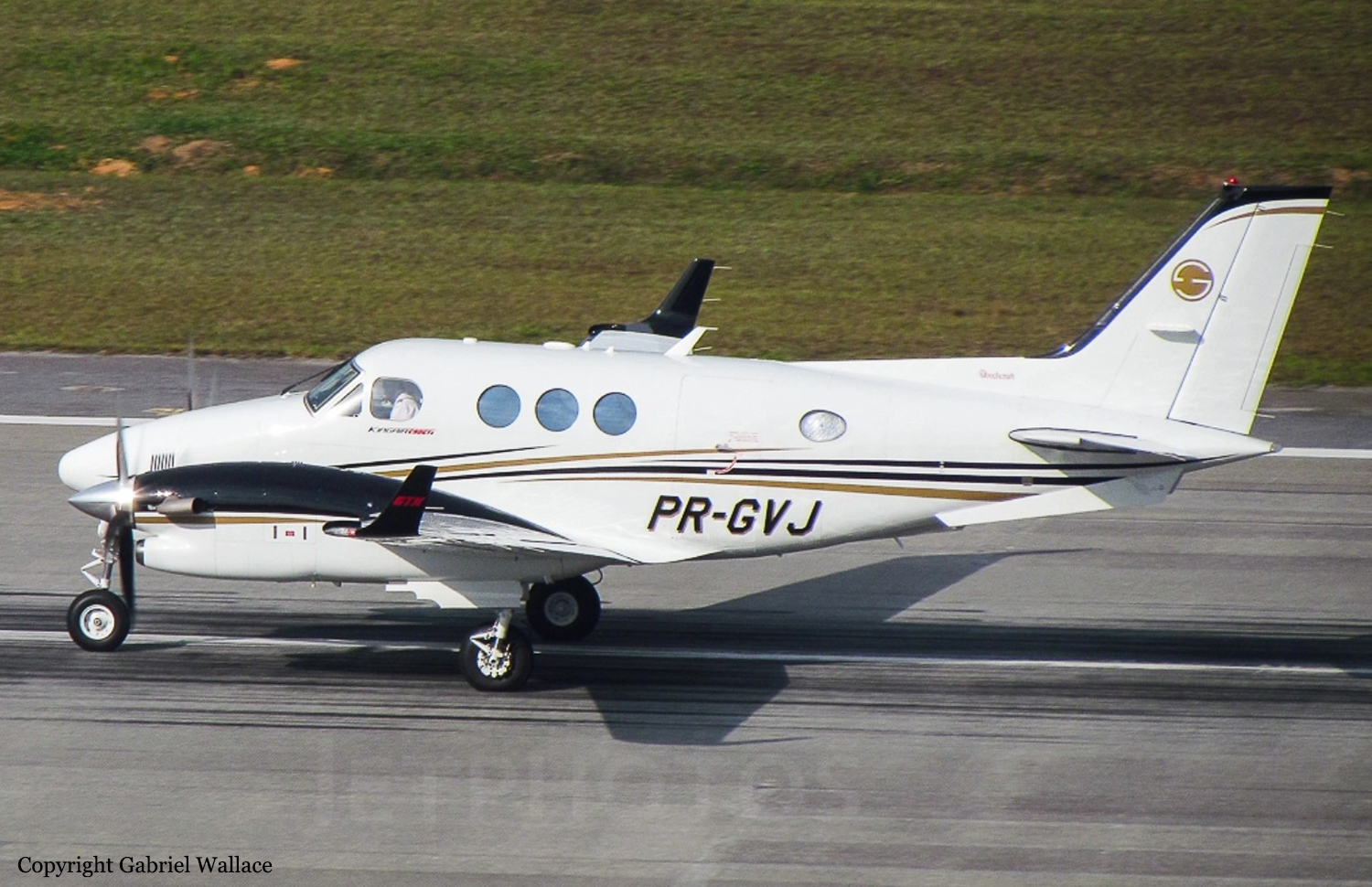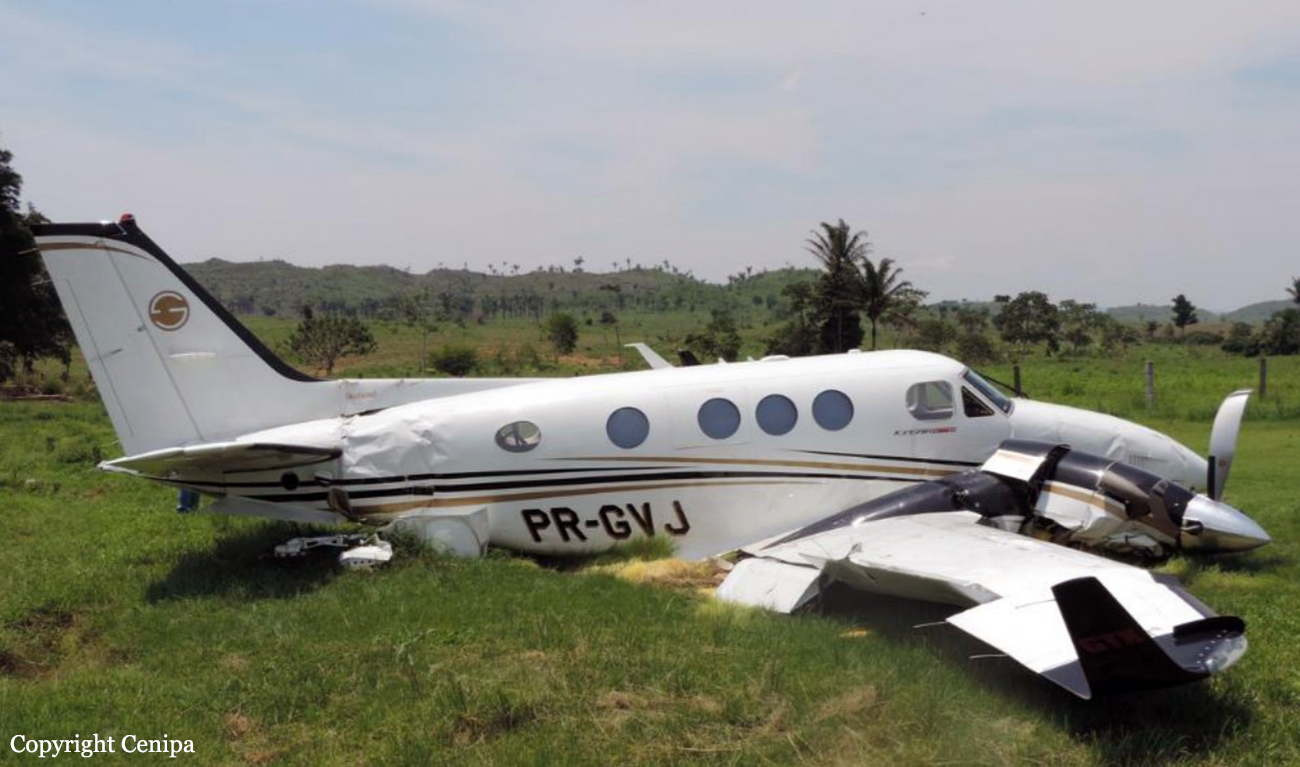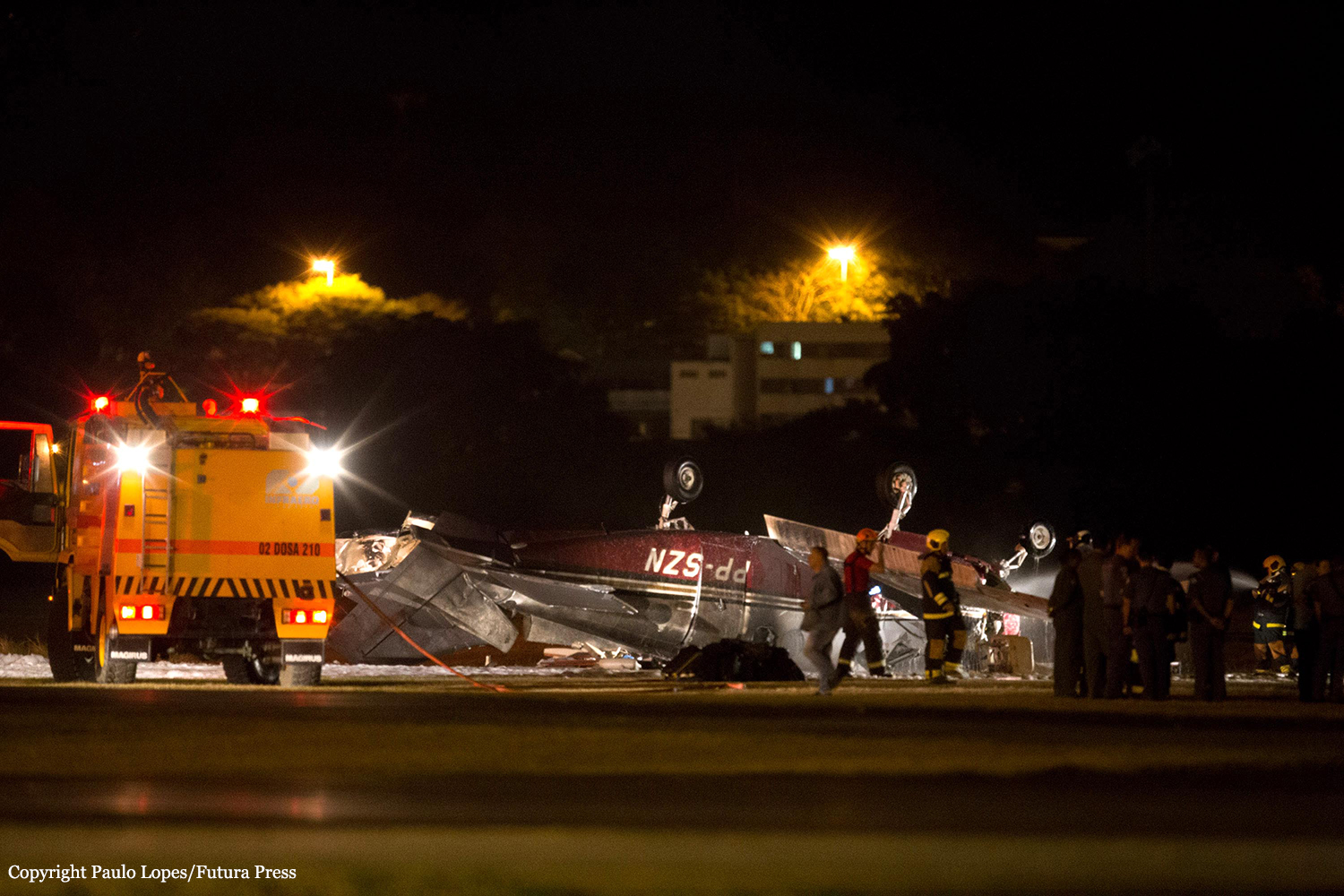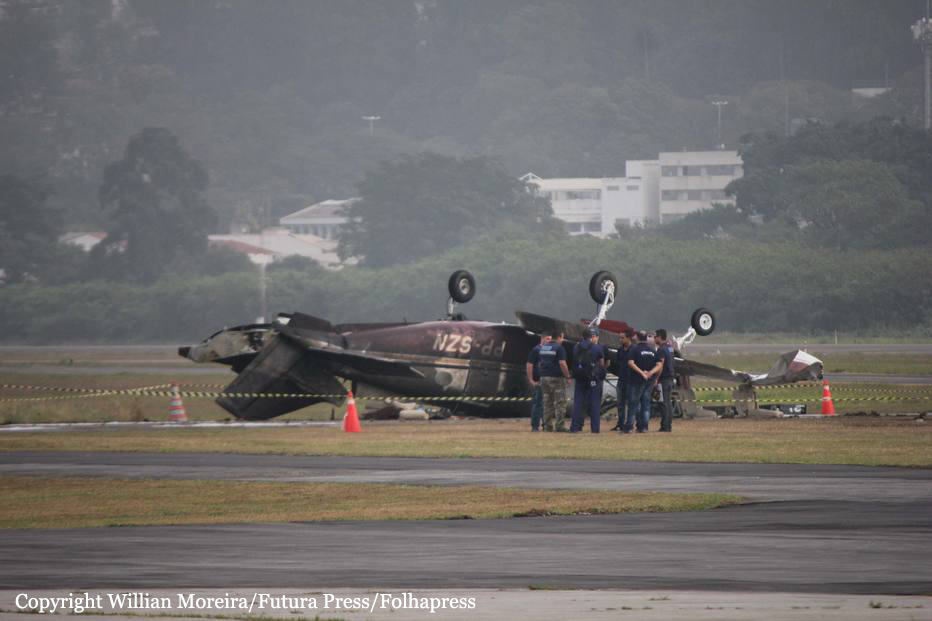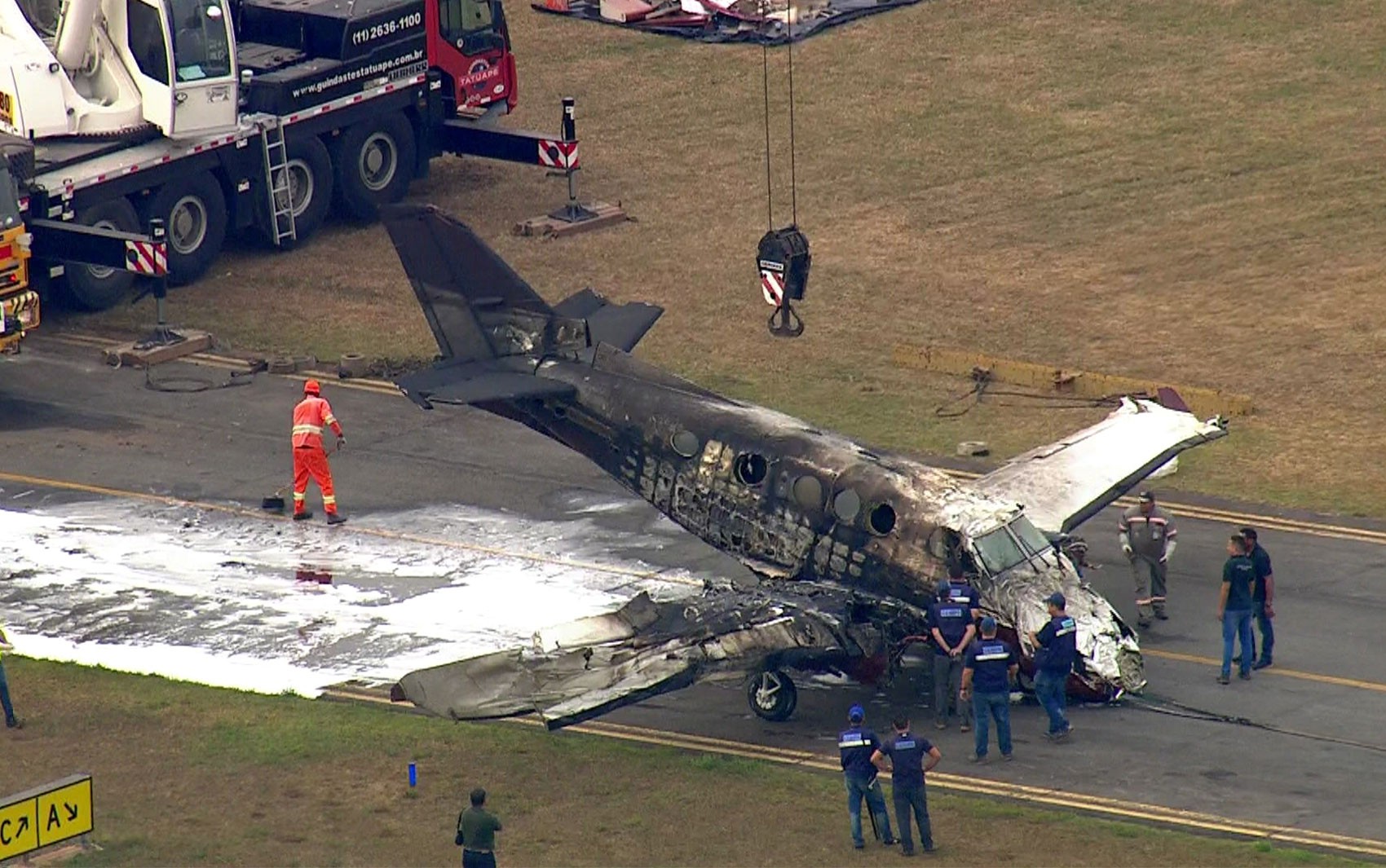Crash of a Cessna 525 CitationJet M2 in Fazenda Fortaleza de Santa Terezinha: 4 killed
Date & Time:
Nov 26, 2018 at 0830 LT
Registration:
PP-OEG
Survivors:
No
Schedule:
Belo Horizonte - Fazenda Fortaleza de Santa Terezinha
MSN:
525-0849
YOM:
2014
Crew on board:
1
Crew fatalities:
Pax on board:
3
Pax fatalities:
Other fatalities:
Total fatalities:
4
Captain / Total hours on type:
522.00
Circumstances:
The twin engine airplane was completing a flight from Belo Horizonte-Pampulha-Carlos Drummond de Andrade to the Fortaleza de Santa Terezinha Farm (Fazenda Fortaleza de Santa Terezinha) located in Várzea da Palma, Jequitaí, Minas Gerais. On board were three passengers and one pilot. On final approach to runway 20, during the last segment, the airplane collided with a metallic water irrigation system. The pilot initiated a go around procedure when he lost control of the airplane that veered to the left, impacted the ground and crashed in a field located to the left of the runway, about 600 metres from the initial impact, bursting into flames. The aircraft was totally destroyed by impact forces and a post crash fire and all four occupants were killed, among them Mr. Adolfo Geo, owner of the Brazilian group ARG Ltd active in food, oil and construction. He was accompanied by his wife Margarida Janete Geo.
Probable cause:
The following factors were identified:
- Airport infrastructure – a contributor.
It was found that the irrigation pivot, at the point where the collision took place, was impairing the gauge of the approach surface as described in Ordinance 957/GC3, of 09JUL2015, which provided for restrictions on objects projected into the airspace that could adversely affect the safety or regularity of air operations.
- Piloting judgment – a contributor.
The final approach was carried out below the ideal approach ramp, allowing the collision against the pivot, located in the alignment of the runway.
- Perception – undetermined.
It is possible that the PIC, when approaching for the landing, did not notice the irrigation pivot and, therefore, collided with the obstacle.
- Flight planning – a contributor.
There was no prior coordination with the farm employees, in a timely manner so that the irrigation pivot could be repositioned to a safe location in relation to the flight trajectory on the final landing approach.
- Airport infrastructure – a contributor.
It was found that the irrigation pivot, at the point where the collision took place, was impairing the gauge of the approach surface as described in Ordinance 957/GC3, of 09JUL2015, which provided for restrictions on objects projected into the airspace that could adversely affect the safety or regularity of air operations.
- Piloting judgment – a contributor.
The final approach was carried out below the ideal approach ramp, allowing the collision against the pivot, located in the alignment of the runway.
- Perception – undetermined.
It is possible that the PIC, when approaching for the landing, did not notice the irrigation pivot and, therefore, collided with the obstacle.
- Flight planning – a contributor.
There was no prior coordination with the farm employees, in a timely manner so that the irrigation pivot could be repositioned to a safe location in relation to the flight trajectory on the final landing approach.
Final Report:
